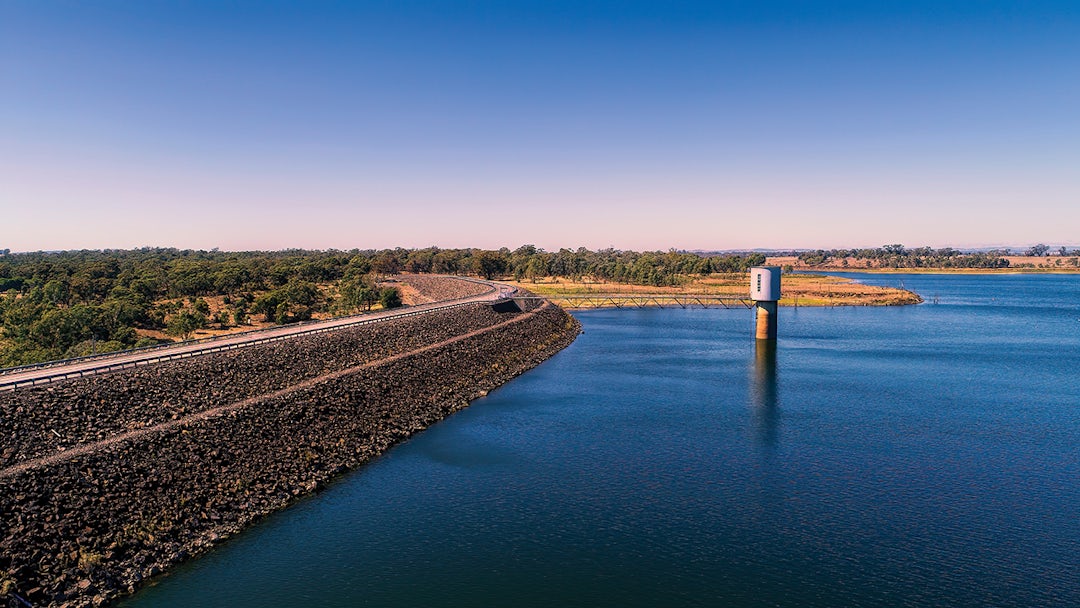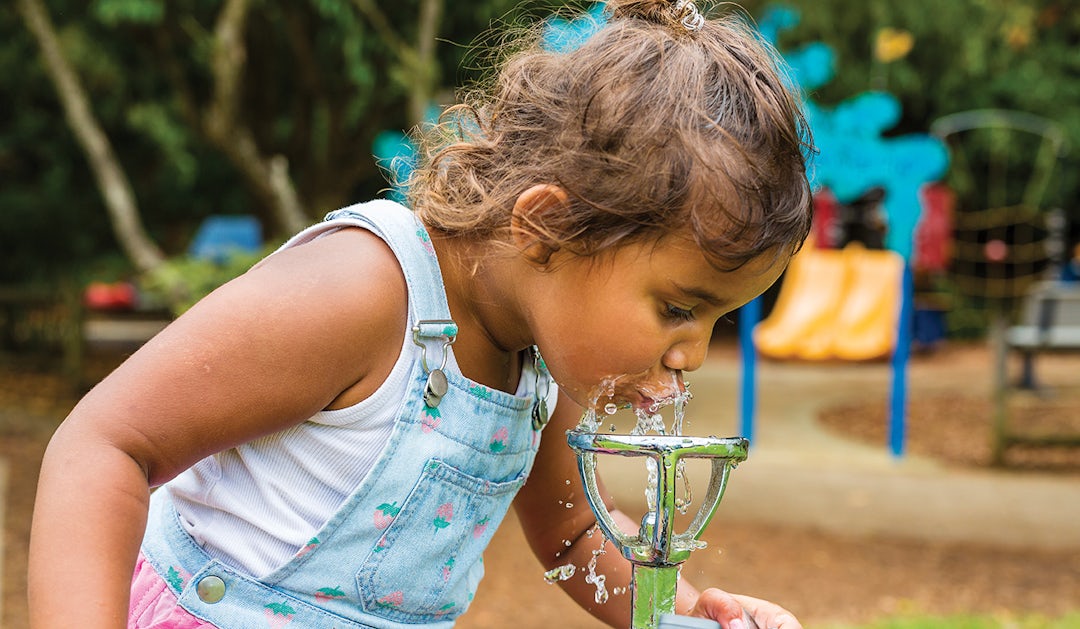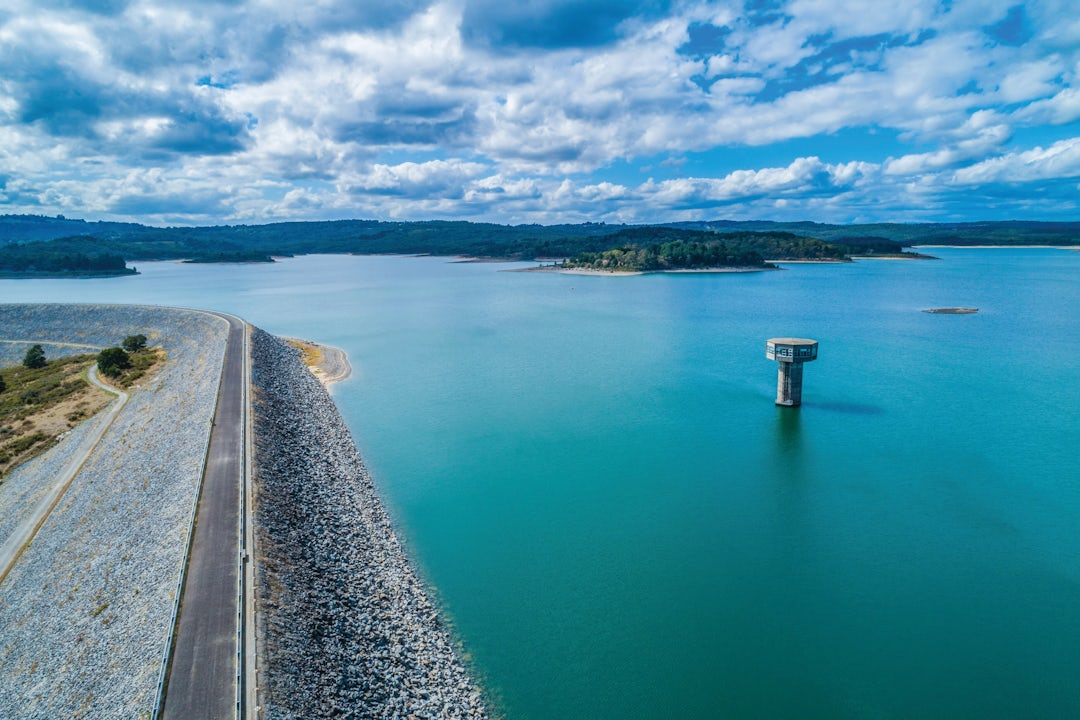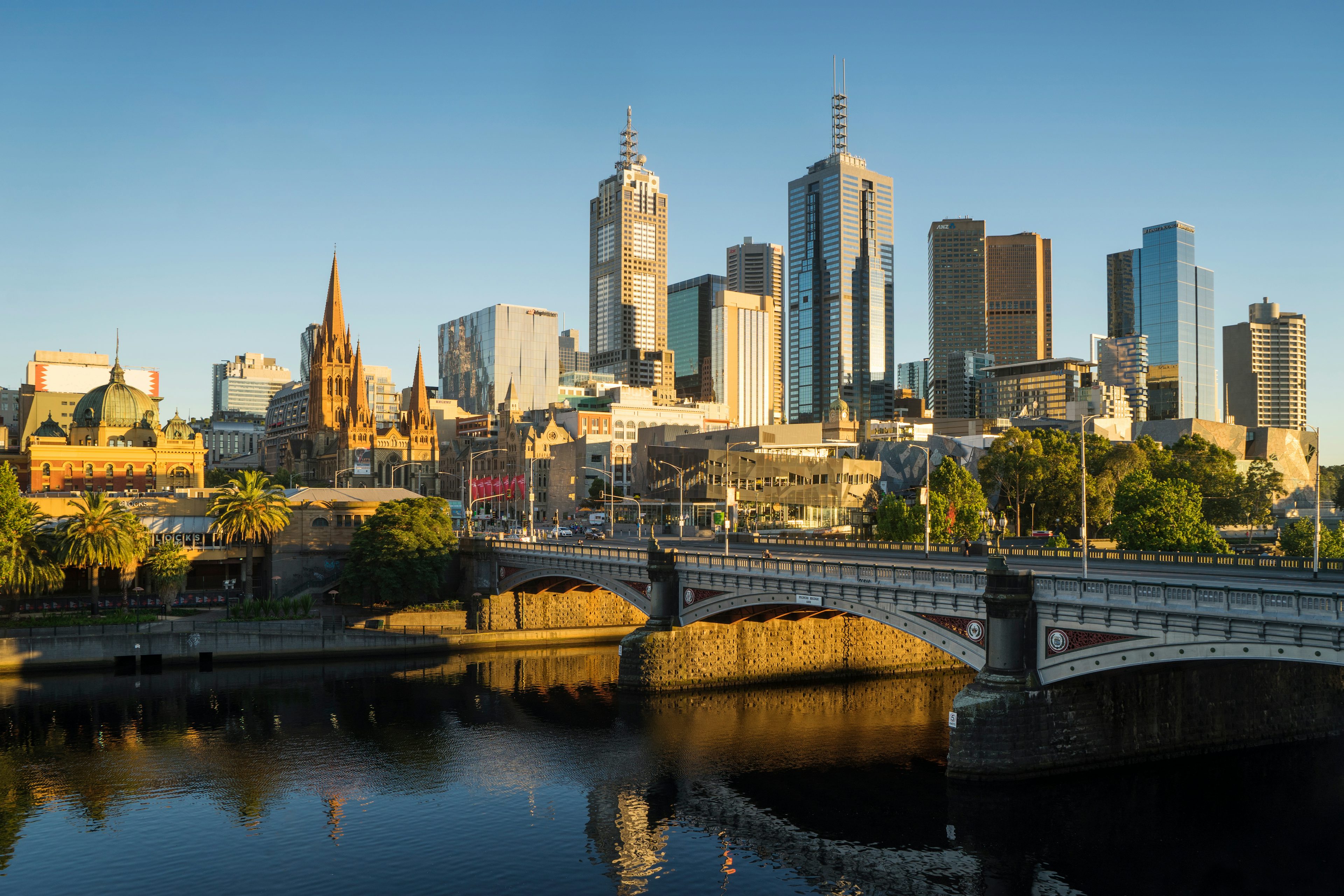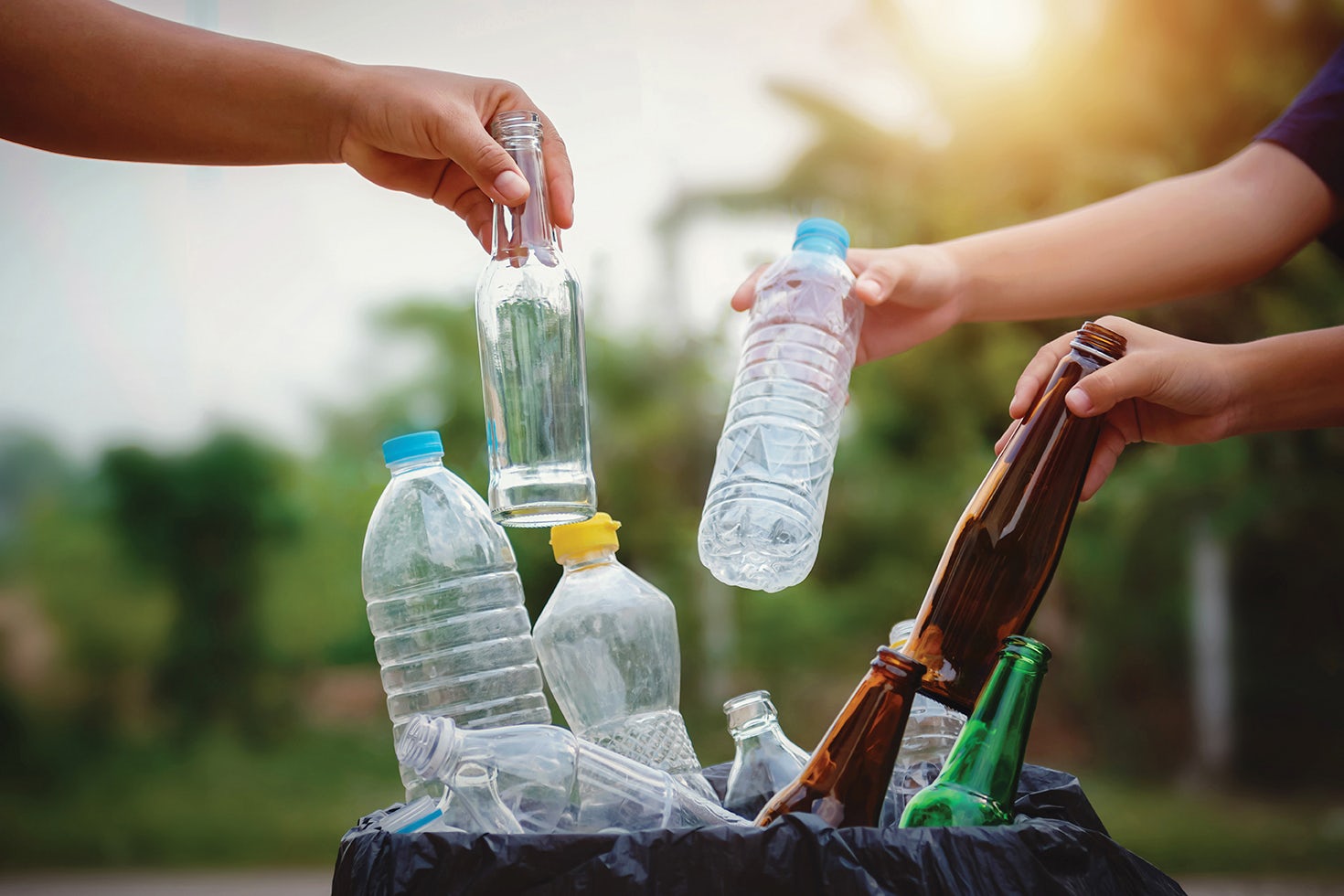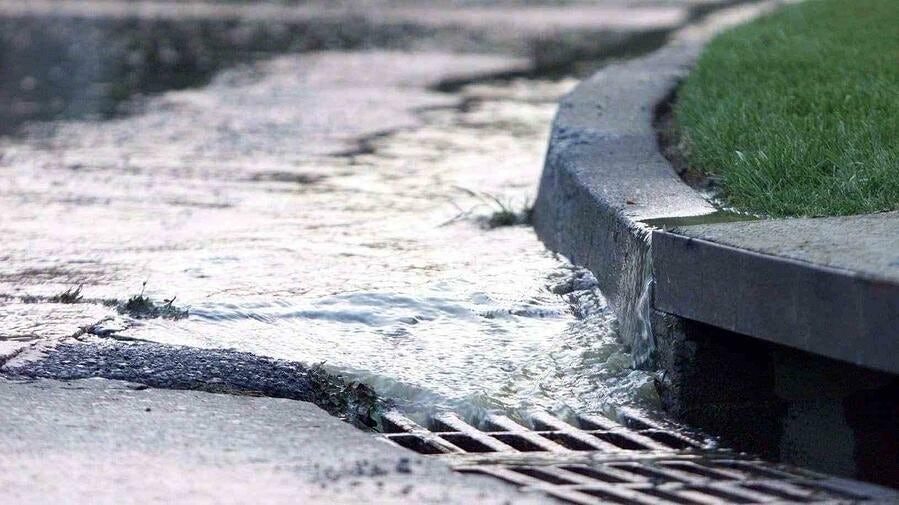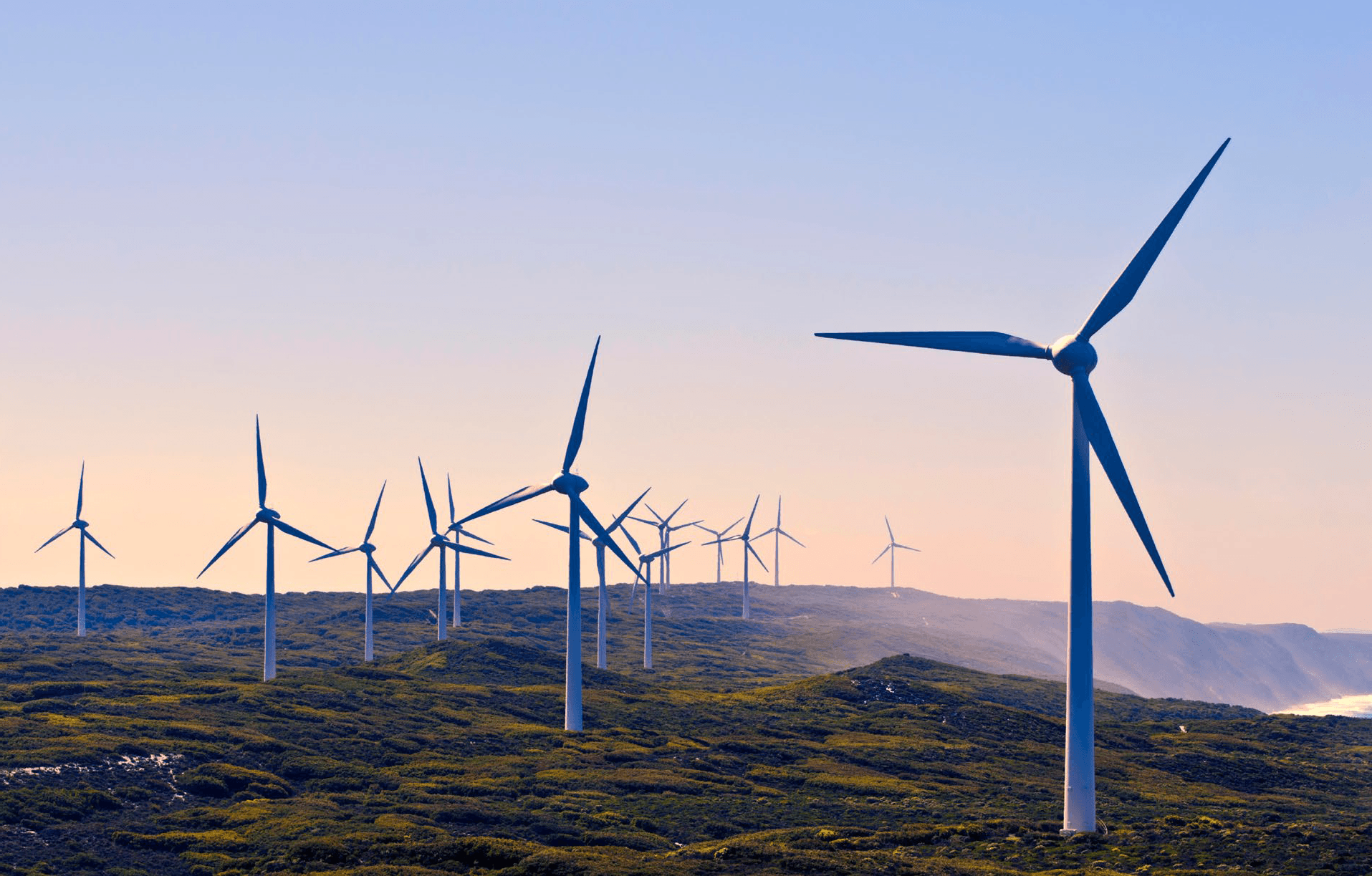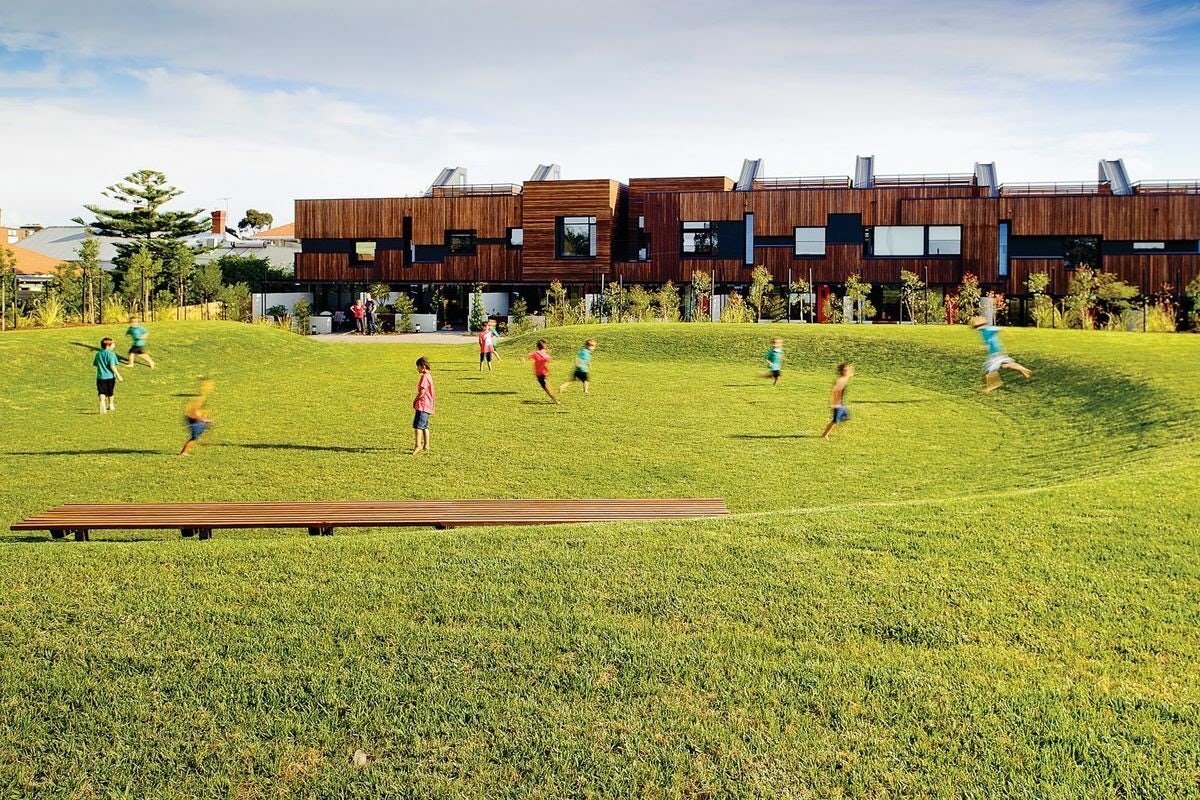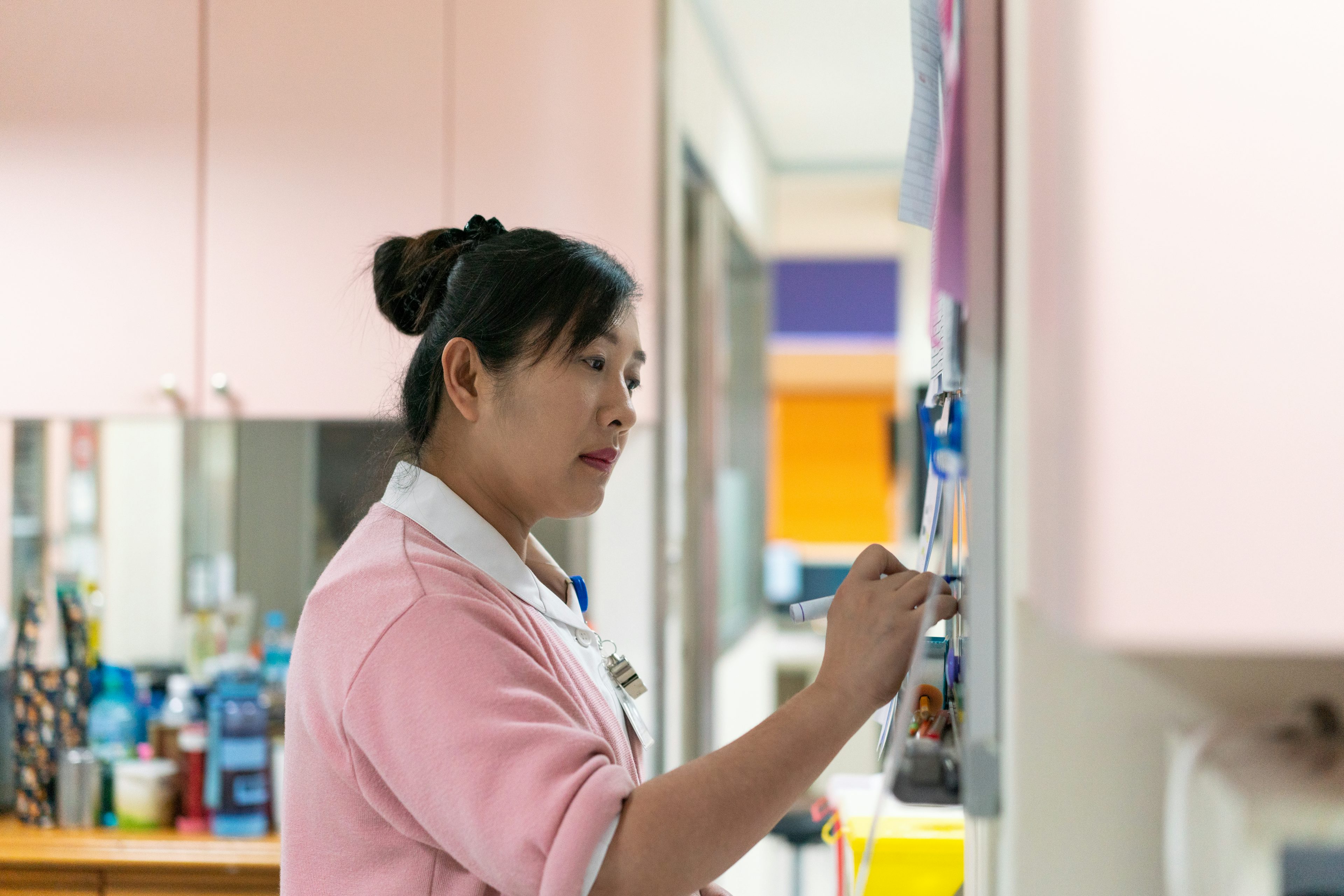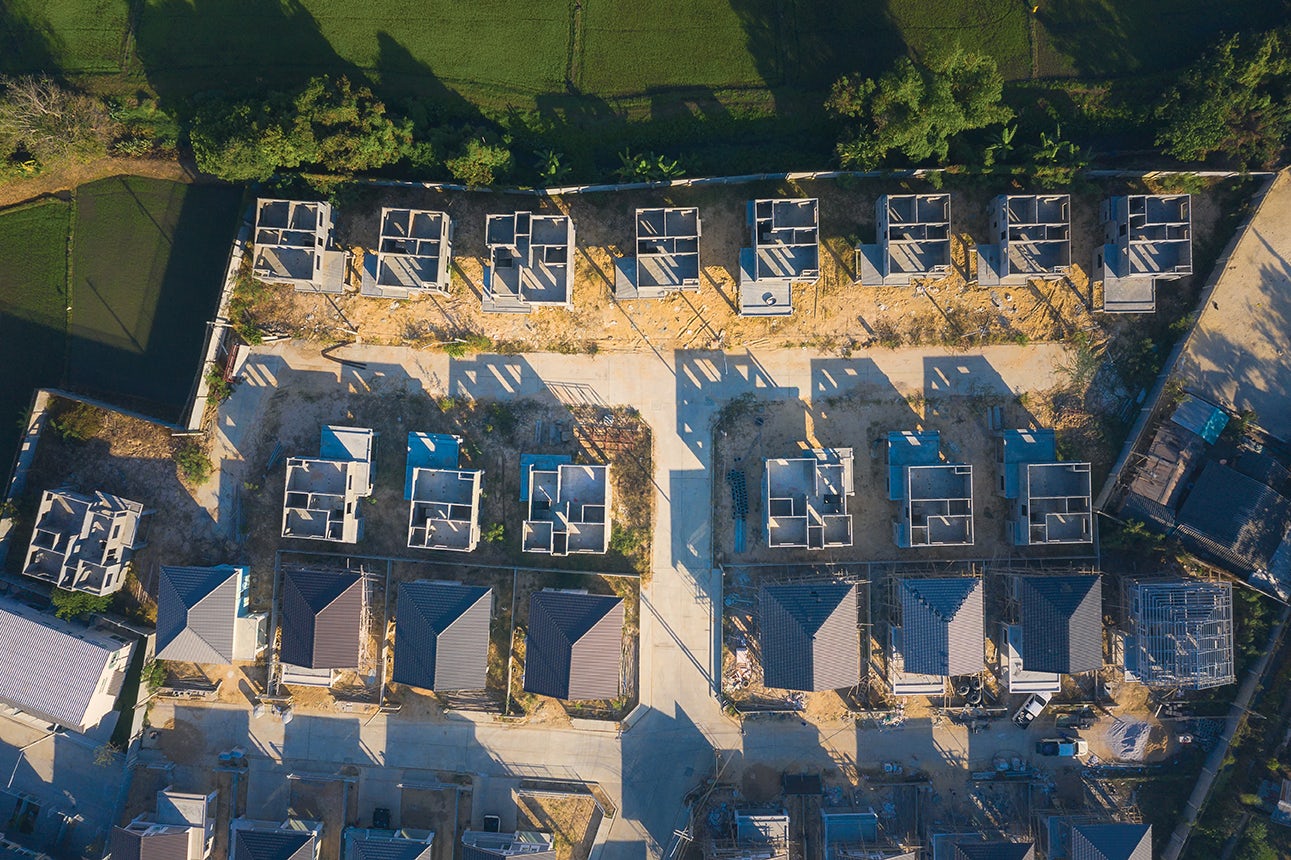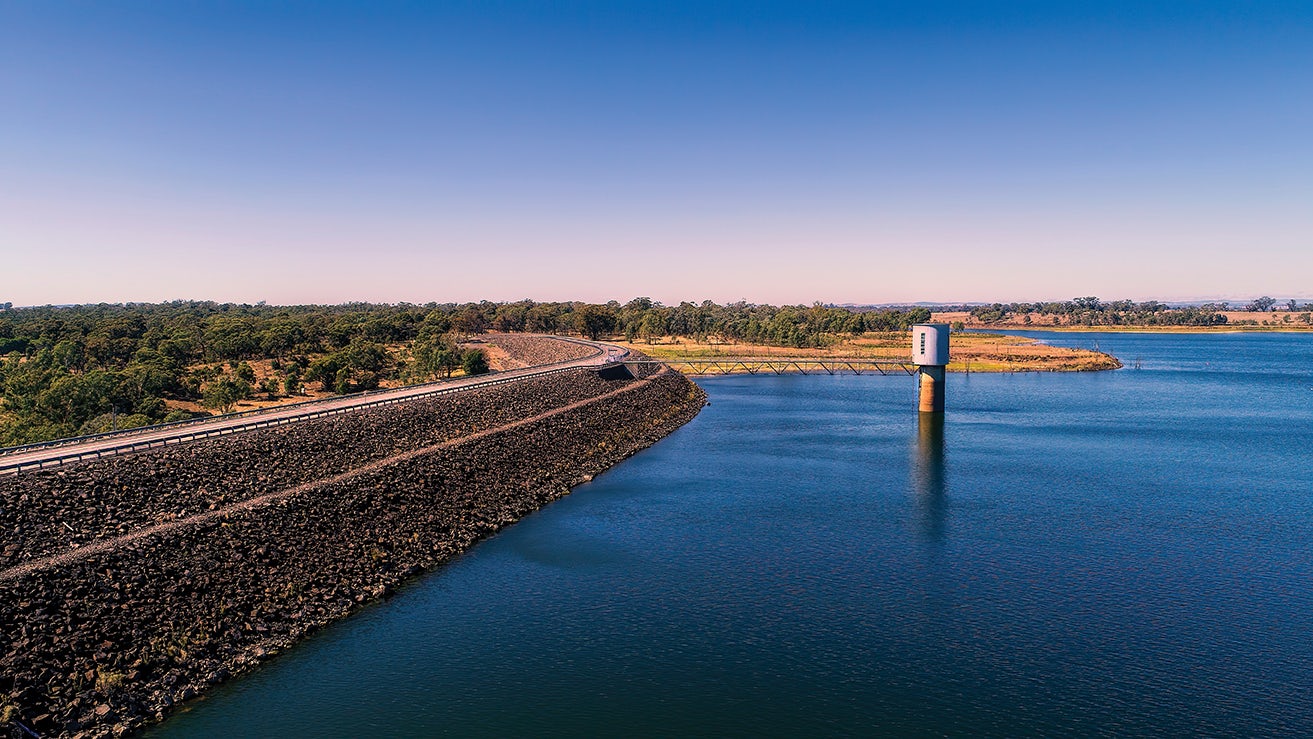Water
In the years ahead, our water infrastructure will need to operate under warmer, drier conditions and meet the needs of a growing population. Infrastructure Victoria’s work looks at how our water sector can become more resilient.
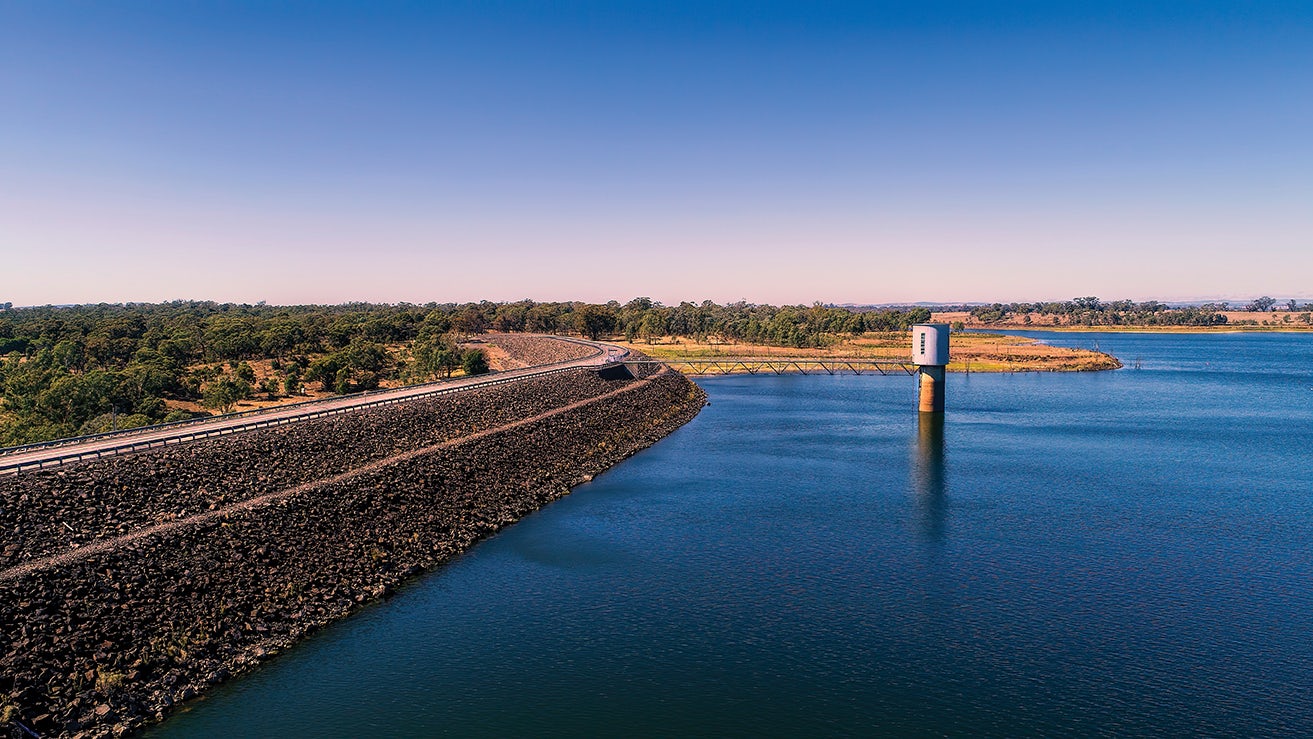
Challenges
Less water in storages
Water infrastructure and supply are acutely vulnerable to climate change. Rainfall in Victoria is projected to decrease. A warmer, drier climate means less rainfall flowing from Victoria’s rivers and dams, putting more pressure on urban water supplies. How we use and conserve water will become more crucial in the future.
More extreme events
More extreme rainfall, movement and changes in groundwater and higher than average temperatures with lower average rainfall, will impact our water infrastructure. This will mean higher risks of water shortages and drainage and sewerage damage from stormwater flooding. More frequent and intense bushfires also risk damage to catchments and water storages.
Maintaining a thriving agricultural industry
Agriculture needs a secure water supply to grow fresh produce and raise livestock. Victoria’s rainfall patterns are already changing, affecting farming operations and disrupting traditional growing patterns. Better water infrastructure in regional areas can safeguard agriculture and reduce water wastage.
Key recommendations
In the next year, assess the condition, capacity and security of Victoria’s emergency water supply point network, and upgrade or replace inadequate supply points. Clarify ongoing responsibility for monitoring, maintenance and funding to secure a resilient network.
Last updated Dec 07, 2021
Within 5 years, accelerate progress toward an integrated model of water cycle management, starting by clarifying policy settings to allow the better use of stormwater and recycled water.
Last updated Dec 07, 2021
In the next 5 years, clearly allocate the roles and responsibilities for urban water systems and major supply augmentation planning.
Last updated Dec 07, 2021
In the next 30 years, contribute funding toward planning and delivery of water infrastructure and irrigation modernisation projects across Victoria.
Last updated Dec 07, 2021
Consider all water sources for supply augmentation, including identifying and addressing barriers to purified recycled drinking water within the next 10 years. When planning for future water supply, investigate all options including, but not limited to recycled water, seawater desalination, stormwater harvesting and better use of the water grid.
Last updated Dec 07, 2021
